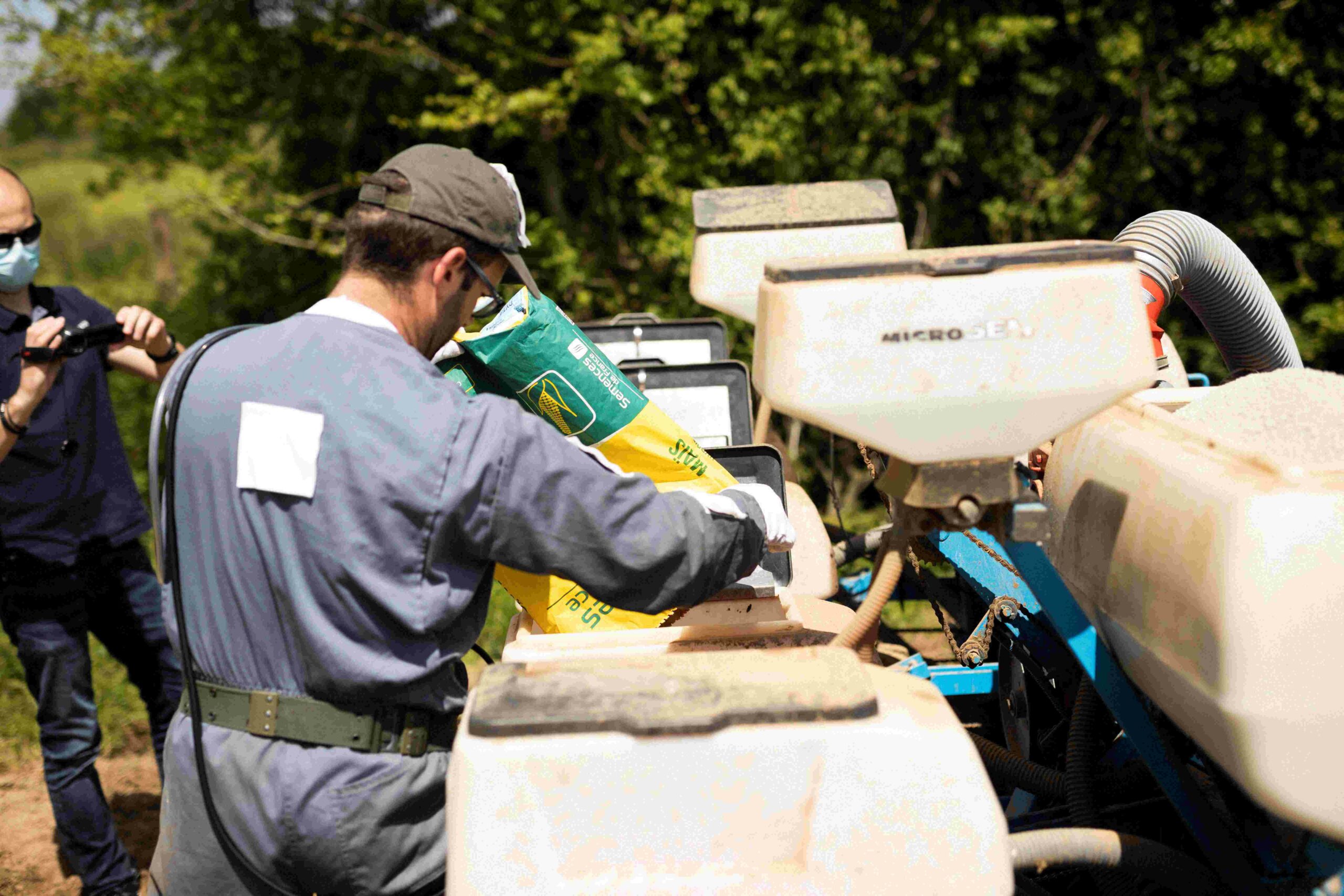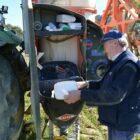Asian workers remove asbestos from ships Photo: Adam Cohn. Nine out of ten European ships end their lives on Southeast Asian tidal beaches recycled into scrap metals. Unprotected workers get poisoned and killed despite regulations supposed to protect life and environment. Three international conventions and one EU-law about recycling of ships aim to protect workers and nature. They don’t.
Investigations
EU to cut down asbestos exposure for workers to Dutch level
|
New EU-rules on asbestos are seen as a victory by members of the European Parliament who have demanded a general overhaul of EU’s asbestos policies. The occupational exposure limit will be set 10 times lower than today from 0.1 to 0.01 fibres per cm3 without a transition period. After maximum six years the limit will be further decreased to 0.002 fibres per cm3. This is in line with the existing limit in the Netherlands, the lowest in the EU, and close to the limit of 0.001 fibres demanded by Parliament. “This is a major step forward in the fight against this leading cause of occupational cancer,” MEP and rapporteur Veronique Trillet-Lenoir, (Renew Europe) said, after an agreement had been made with Council Tuesday afternoon.
Investigations
How many people die from exposure to asbestos in Denmark – experts raise doubts on the number 1300
|
An expert from the Danish Cancer Society, Kræftens Bekæmpelse, expresses doubt on the number of asbestos deaths in Denmark of 1300 annually, mentioned in the stories in the project Asbestos: The Lethal Legacy. Johnni Hansen, The Danish Cancer Society: “Asbestos-related deaths are around 300 annually in Denmark.” “I think the number of asbestos related cancer deaths nowadays in Denmark is lower, perhaps in the range of 300 annually,” says senior scientist, Ph. D. Johnni Hansen, Danish Cancer Society. His main argument for this is that he finds the methods for calculation of the 1300 yearly asbestos related deaths to be outdated.
Investigations
EU-lawmakers pressed to act on 90,000 asbestos deaths
|
Commission waters down broad political initiative
TAKE AWAYS
Health experts, trade unions and a uniquely broad majority in the European Parliament has called for a pan-European strategy to register and remove asbestos, lower occupational exposure limits, recognise victims and more. Commission, the key EU-institution for framing new proposals has addressed the concerns under the headline “Towards an asbestos-free future”. The Commission suggests lowered exposure limits for workers, yet ten times higher than the Parliament’s demand. Contrary to experts’ opinions and death figures of 70 000 – 90 000, construction companies suggest the annual asbestos death toll for workers is 22 – based on a study issued by the Commission. The Commission refrains to comment on the extremely different readings of the study it has initiated and published.
Investigations
The silent killer in buildings all over Europe
|
Could asbestos be even more deadly than previously thought? TAKE AWAYS
Asbestos is more lethal than previously known. New figures, recognized by EU-institutions show that 70 000 – 90 000 Europeans die of asbestos related cancer each year. To older working men, a known group of victims, are now added women, teachers, hospital personal, office workers, and all people exposed to asbestos in public building and private homes. The death rate is rising in countries which banned the use of asbestos 30-40 years ago due to demolition and renovation of asbestos that has never been removed.
Investigations
Team-members in the investigation in asbestos in buildings
|
Edoardo Anziano (1999) is a freelance journalist and investigative reporter for IrpiMedia and Scomodo, the biggest under-25 Italian newspaper. He graduated in Philosophy at the University of Bologna. He’s now pursuing his MA in Journalism, Media and Globalisation at Aarhus University, Denmark and University of Amsterdam. He is registered as a professional journalist in Italy.
Lorenzo Bagnoli is investigative reporter at IRPI – Investigative reporting project Italy. He is focused on transnational organized crime.
Investigations
The human cost on G4S’ watch
|
What is the cost of security companies such as G4S? One way of calculating the harm is counting the dead and injured. Around the globe, G4S has been in the spotlight regarding its sometimes controversial involvement in conflict zones, its prison operations and its treatment of employees. Photo by Lars Schmidt / Creative CommonsAttribution 3.0
“The protest ended with a couple of people getting shot and many more injured by security guards using a baton. Some were hit in the head, some in the hand.
Agribusiness
No knowledge, no data, no EU-coordination
|
Only 30-40 percent of the farm workers were protection equipment in France. There is no data from other countries. Photo: © Ed Alcock/MYOP for Le Monde. Swedish trade unionists are appalled to learn that Parkinson’s disease has a strong linkage to working with pesticides. But there is no data to shed light on the situation in Sweden.
Investigations
Team-members in asbestos-investigation
|
Edoardo Anziano (1999) is a freelance journalist and investigative reporter for IrpiMedia and Scomodo, the biggest under-25 Italian newspaper. He graduated in Philosophy at the University of Bologna. He’s now pursuing his MA in Journalism, Media and Globalisation at Aarhus University, Denmark and University of Amsterdam. He is registered as a professional journalist in Italy.
Lorenzo Bagnoli is investigative reporter at IRPI – Investigative reporting project Italy. He is focused on transnational organized crime.
Agribusiness
Probing for a pesticides link to Parkinson’s disease
|
Only 30-40 percent of the farm workers were protection equipment in France. There is no data from other countries. Photo: © Ed Alcock/MYOP for Le Monde. Edited and first published by EUobserver on 17th of February 2022. Jean-Baptiste Lefoulon, a French farmer in Normandy, stands in boxer shorts in the middle of his farmyard.
Agribusiness
Pesticide victims left to fend for themselves
|
Originally published by Le Monde 16th of February. Suffering from Parkinson’s disease or cancer, European farm workers experience inadequate recognition and failing compensation schemes. Cropper and cattle breeder Luis Grasa, suffering from Parkinson’s disease most likely due to continuous exposure to agrochemicals, observes his cereal fields in Cerésola (Spain). Photo: Marcos Garcia Rey. Science has shown that pesticides exposure is linked to serious and deadly illnesses for farm workers, including Parkinson’s disease and blood cancers.Victims across Europe are struggling for recognition and compensation, as occupational disease remains a blind spot for authorities. As of now, only France and Italy officially recognize Parkinson’s disease to be linked to farm work.





